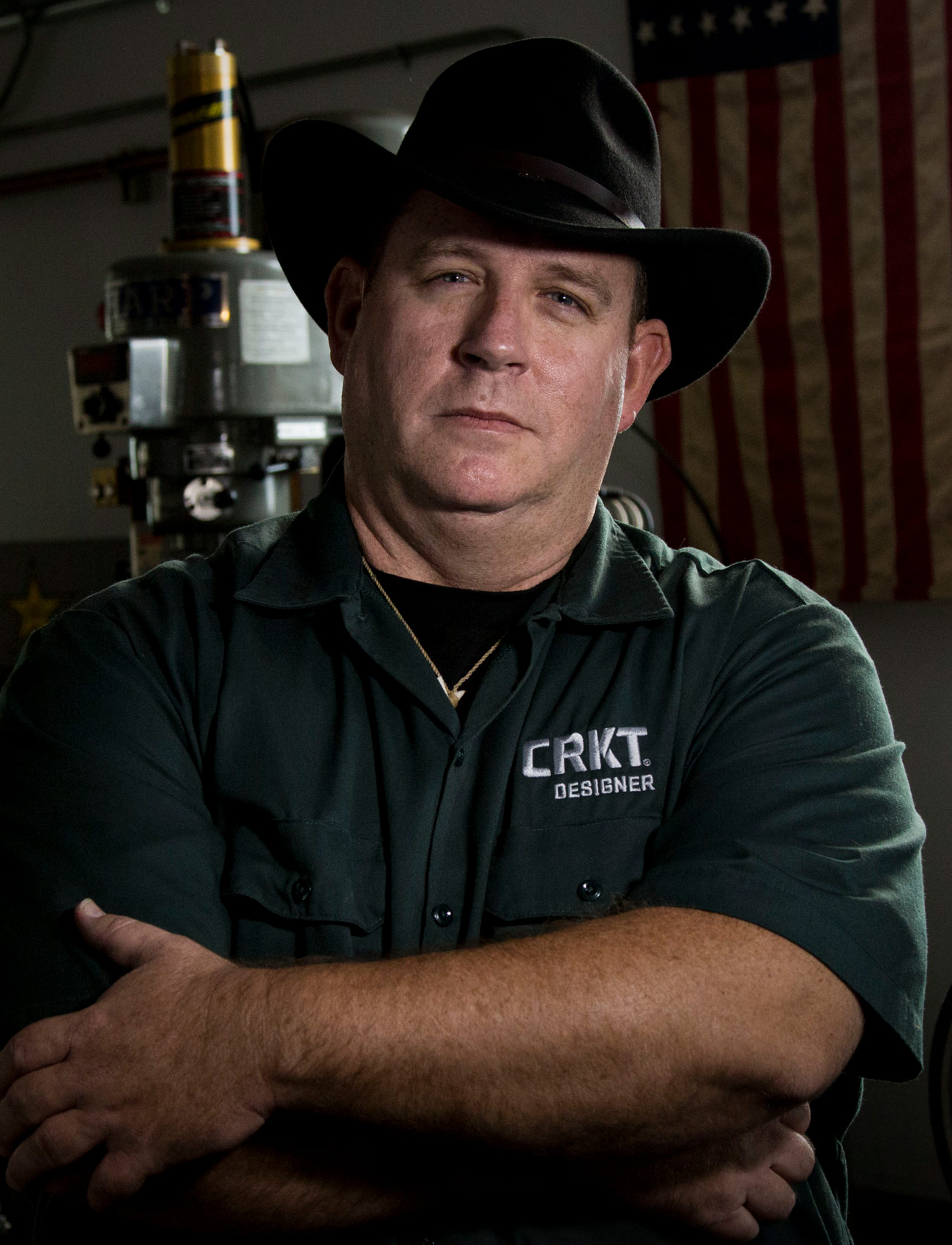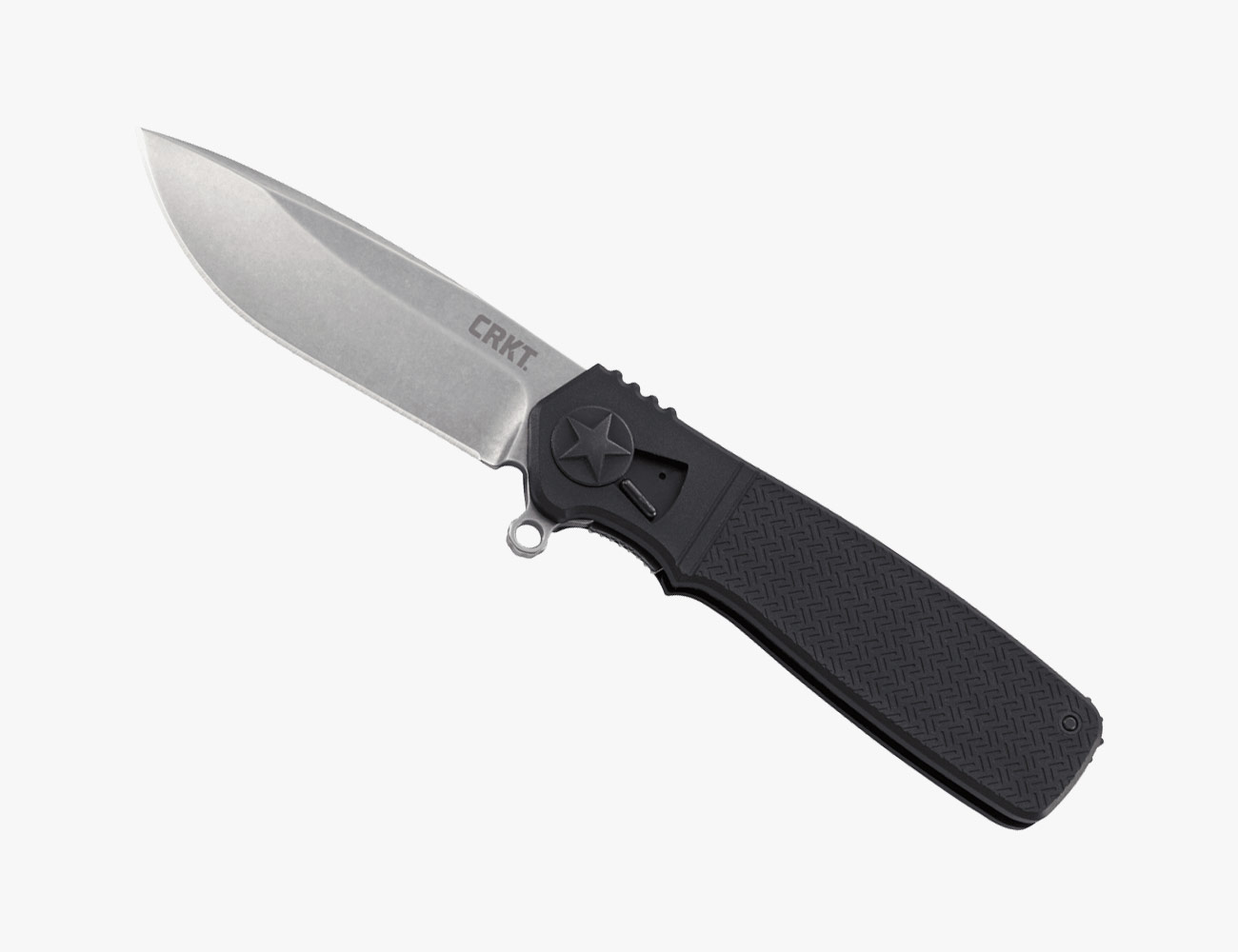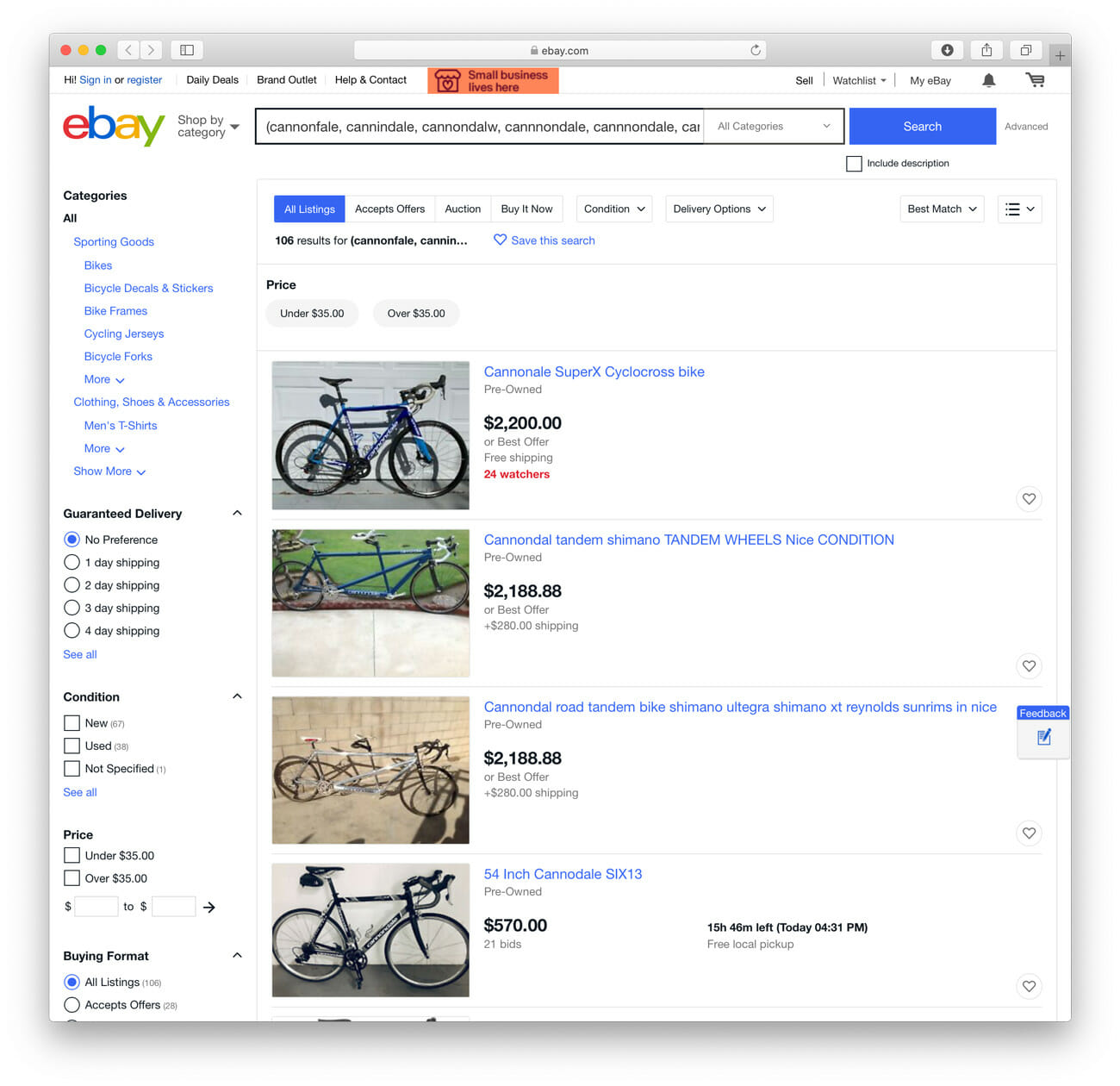I
t was an issue of Knives Illustrated, found in a Hawaii drug store that inspired Ken Onion to enter the world of knife making. The former US Marine was taken under the tutelage of revered custom knifemaker Stan Fujisaka in 1989 and began producing his own blades two years later. Since then, Onion has produced knives for companies including Kershaw and CRKT and holds a binder’s fill of patents on various knife mechanisms and components.
Some of Onion’s inventions have become so widespread that they’re taken for granted. The most well-known of these is SpeedSafe, an assisted-opening mechanism that helps a folding knife blade spring out of its handle quickly but isn’t classified as a switchblade. One of Onion’s more recent innovations is Field Strip, a technology he created for CRKT with, with the flip of a lever and the spin of a wheel, brings a folding knife to pieces for easy cleaning. It’s creations like these that earned Onion a spot in the Blade Magazine Cutlery Hall of Fame in 2008; below, he shares the inspiration that’s fueled these creations.

Q:
What got you started down the path of a knifemaker?
A:
I had a thing for knives from a very young age. Growing up on a farm in West Virginia, we worked hard, and knives were an essential tool in our daily lives. That said, they were always more than a simple tool for me and I have fond memories of collecting pocket knives as a kid; cleaning them up, refinishing them and wondering what stories their various nicks, dents and scratches could tell.
I was stationed with the Marines in Hawaii, and when I got out of the service, I never left. I’d heard of a local knifemaker in the town where I lived and through friends was able to introduce myself. That was around 1989, and that local knife maker was the legendary Stan Fujisaka. He was incredibly generous with his time and knowledge and helped to teach me what he knew. I started crafting my own knives in 1991 and the rest, as they say, is history.
Q:
How do you think about knife design? What’s your philosophy?
A:
In a nutshell, I’d say that I try to make the craft of utilizing a knife, mankind’s second oldest tool, as simple and easy as possible. Materials, form, balance and ergonomics are all part of the equation, but essentially it’s ease of use and utility that we’re after.
Q:
Would you say that you have a signature style?
A:
Above all, I try to look for new and different ways to interpret knives. There’s no shortage of knife makers and brands out there, so you’ve got to take a different approach to stand out. I try to study the next generation — its sense of style in art, fashion, sports, architecture and so on — all of which helps influence my work across the spectrum.
Q:
Are there particular elements or materials that you tend to favor?
A:
I spend a lot of time in my shop on my own, and I think that leads to a lot of experimentation. I’m not really married to any certain style, materials or any way someone thinks I should make knives, and I think that open slate serves my creative process and ultimately my designs very well.
Q:
Has your design approach changed over the years since you started?
A:
Rather than think in specifics I try to think about themes and storylines. For example, instead of going into a project thinking I’m going to design a four-inch utility knife — where past designs could influence my work — I think of creating a knife from a more macro-level. I might go into a project thinking okay, 20th Century Fox needs a knife for their new NASA adventure film. That sort of approach frees my mind and helps remove any constraints from the creative process and invariably leads to much more interesting and impactful designs.

Q:
What’s your favorite aspect of the knifemaking process?
A:
I think one of the most exciting parts of knife design is the public reveal. You have a feeling but you just never know if you’re going to hear — “Wow, what a great knife,” or “What was he thinking?” It’s a rush, and I guess I’d just like folks to know that I take none of this for granted. It’s been a privilege to be a part of this industry, and I’ve been fortunate enough to not only make a living doing what I love, but to have had friends and mentors help me along the way. Before I hang up my hat, I’ll continue to pay that forward by helping mentor and guide the next generation of knifemakers. The passion and energy out there is amazing, and frankly, I’m excited to see where the next generation takes it.




